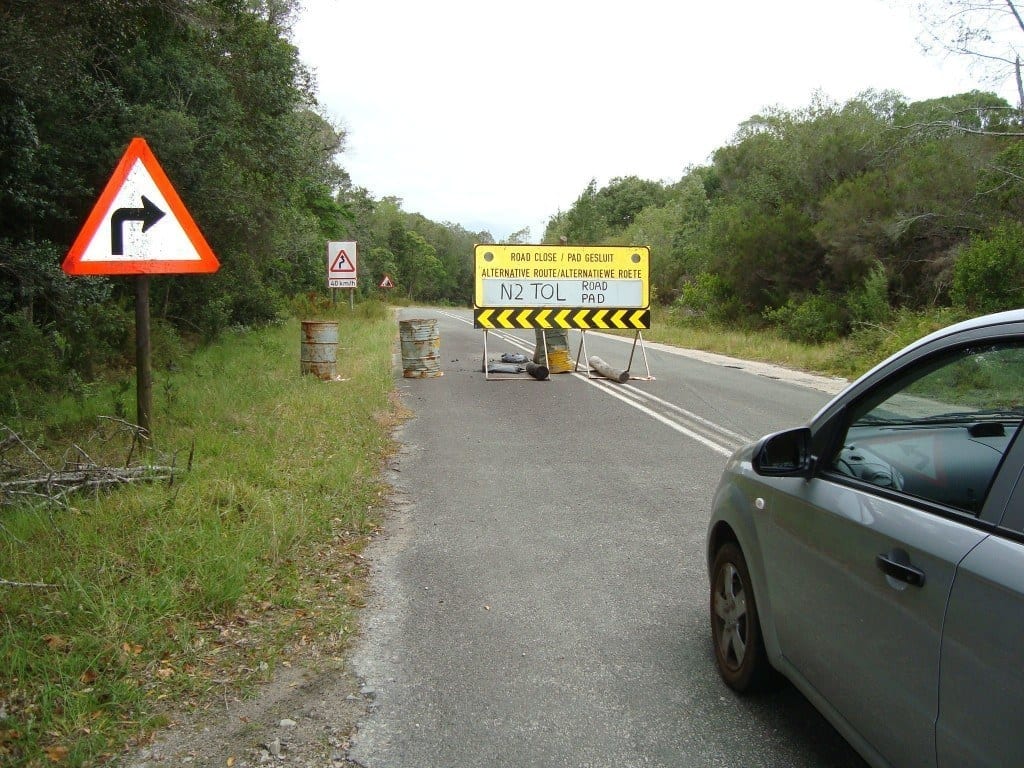South Africa is becoming more and more popular as a tourist destination, with many visitors now taking advantage or relatively cheap prices and accommodation. Whilst there you can get the most from your vacation and see much more of this beautiful country if you hire a car. Hiring a car in South Africa is essential because the public transport system is not brilliant in a lot of the cities – although there have been some improvements since the soccer World Cup that took place in 2010.
By Alex Hutchinson.
With the exception of Cape Town, having a car is a must if you want to get from A to B and see places off the regular tourist trail – but it can be quite daunting driving on the roads there, so make sure that you read all the tips below to using a car in South Africa.
Drive on the Left Hand Side of the Road
The most important aspect to take note of is the fact that the South African road network rules state that you should drive on the left hand side. This is due to the connections the country has with the British Empire from days gone by, and can take some getting used to if you are traveling from mainland Europe or the United States. One way to help is by using a GPS, and many car hire places will lend you a Garmin GPS device – which will come with lane guidance. If you are planning on taking your own Garmin with you then make sure you have updated it with South African maps – and you can save money on this purchase if you use a Garmin Map Update Discount Code.
Don’t Break the Speed Limits
A GPS device will also have speed limits programmed into it, but when driving you will probably notice that speed limits are not always adhered to by the locals. However, as a tourist we would advise that you stick to the rules considering you will be unfamiliar with the road layouts and driving styles. South Africa does have speed cameras on some roads and the local police can be very tough in terms of enforcing fines – even if you are only in the country for a couple of weeks. Guidelines to the speed limits are as follows:
- Suburban Residential Streets – 60 kilometers per hour
- Larger Urban Roads: 70 to 80 kilometers per hour
- When on the Open Road: 100 kilometers per hour
- National Motorways & Highways: 120 kilometers per hour
Minibus Taxis Have Different Rules
Be aware that there seem to be different un-written rules for minibus taxis when on the road in South Africa. So for example, you can’t turn left at a red traffic light, but taxis can, so don’t blindly follow them if in a traffic queue. Taxi drivers have a special place on the road network in this country, so above all don’t let them pressure you into making a mistake if one is behind you – take your time and drive carefully and safely.
Author Bio: Alex Hutchinson writes on GPS and maintains several websites related to helping drivers getting the most from their in-car navigation system. For some of Alex’s more recent articles on this subject please take the time to visit the GPS Navigation DVD website which is where some of his more recent work has been published.

2 Comments
Beautiful pictures.
At a 4-way stop intersection vehicles from all 4 directions must stop at the stop sign before proceeding to cross the intersection. With more vehicles stopping at the intersection, the rule is first one to stop is first one to move. Make sure you follow this rule to be safe from collision.